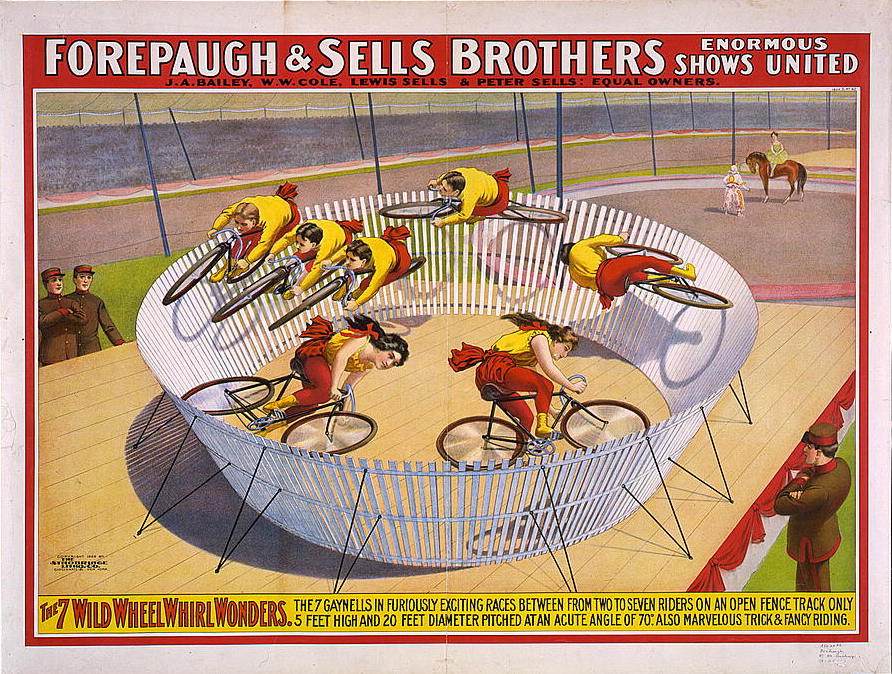Only twelve weeks until the next Bank Holiday! You'll need something to read to pass the time:
Happy invoicing!
- The World’s Most Secret Porsche And The Madmen Who Built It - HT to quackhandle for this tale of a custom 911: ”One half of the partnership: Willi, a car builder as old school as they come, trained in building Porsches as rough, as fast, as light as possible. The other: Achim Anscheidt, the head of design at Bugatti, obsessed with penning a personal car to match his billionaire customers’ standards, minimalist but executed with perfection. One had an eye for the practical, the other for the aesthetic.”
- The Wartime Spies Who Used Knitting as an Espionage Tool - "During World War I, A grandmother in Belgium knitted at her window, watching the passing trains. As one train chugged by, she made a bumpy stitch in the fabric with her two needles. Another passed, and she dropped a stitch from the fabric, making an intentional hole. Later, she would risk her life by handing the fabric to a soldier—a fellow spy in the Belgian resistance, working to defeat the occupying German force." Now we know what the poster formerly known as k2p2 has been up to

- Picturing Lovelace, Babbage, and the Analytical Engine: a cartoonist in mathematical biography - Sydney Padua on the research that went into the creation of her Neumann Prize-winning graphic novel The Thrilling Adventures of Lovelace and Babbage: ”Being myself an interloper into these high academic and mathematical matters, I expect much of my anxiety about Ada was rooted in my own self-reflections. A spectral battalion of Real Scholars ready to leap out and expose my fraudulence tormented me, driving me to make more accurate diagrams, find more unassailable documents. Little did I suspect that scholars with a detailed knowledge of Babbage and his engines were a handful of people, and that they would be delightful, helpful, and pleased as punch with Babbage doodles and engine animations!” (BTW, if you haven’t yet read Padua’s book, you’re seriously missing out.)
- Museum Of Obsolete Media - HT to Uncle Albert for this one, though it doesn’t seem to have a Difference Engine: ”Welcome to the Museum Of Obsolete Media, the home for current and obsolete physical media formats, including audio, video, film and data storage. The Museum now covers over 440 formats, to assist with their identification and preservation.”
- What Really Happened with Vista - Terry Crowley offers a Microsoft insider’s perspective on the Vista debacle: ”The history of the Windows team was that the release generally slipped significantly from the initial target date (Windows 95 was initially Windows 93) and important target functionality was either dropped or shipped well short of the original functional target… This process contrasts significantly with modern engineering practices.”
- The Fascist History of De-Extinction - M.R. O’Connor on the Nazi’s efforts to reverse-engineer the extinct aurochs: ”This muscular, wild, and aggressive European breed of cattle was the ancestor of domestic cattle, and by the 17th century, it had vanished due to overhunting. But by the early 20th century, German culture, including its scientific community, was awash in explorations of Darwinism, death, and nature — ideas that would fester into preoccupations with racial purity, survival, and geography. As natural science and National Socialism began to intertwine, resurrecting the undomesticated, unruly aurochs — a sinnbild der Urkraft, or “symbol of primal force,” and an example of the primordial wildlife that embodied true Germanic ideals — became a measure of Nazism’s power itself.”
- How the Self-Esteem Craze Took Over America - "The self-esteem craze changed how countless organizations were run, how an entire generation — millenials — was educated, and how that generation went on to perceive itself (quite favorably). As it turned out, the central claim underlying the trend, that there’s a causal relationship between self-esteem and various positive outcomes, was almost certainly inaccurate." Just when you were starting to feel good about yourself…

- Python Library for Nuclear Weapons Effects - If you’re looking for a fun programming project, this library by Edward Geist of Stanford University will help you calculate the devastating effects of nuclear weapons on your friends and family: ”The relative inaccessibility of information about what nuclear bombs do is limits the quality of public discourse. Among other things, it obscures the fact that the science of nuclear weapons effects has come a long way in the last forty years… this library provides a selection of analytical nuclear weapons effects models of both U.S. and Soviet origin for blast, radiation, thermal effects, and fallout. All of these models were used by the American or Soviet militaries for planning purposes during the Cold War.”
- A Year of Google Maps and Apple Maps - Justin O’Beirne looks at the subtle changes that have been introduced to the two leading maps applications over the past year: ”Shortly after I published my Cartography Comparison last June, I noticed Google updating some of the areas we had focused on… it made me wonder what else would change, if we kept watching. Would Google keep adding detail? And would Apple, like Google, also start making changes? So I wrote a script that takes monthly screenshots of Google and Apple Maps. And thirteen months later, we now have a year’s worth of images.”
- Fun for Children of All Ages: Circus Posters - From the Library of Congress: ”‘The Greatest Show on Earth’ closed up shop this past Sunday, May 21, as the Ringling Bros. and Barnum & Bailey Circus put on its last show. ‘The Greatest Show on Earth’ moniker is a good example of the type of hyperbole circuses have always used in their advertising to lure visitors. The Prints and Photographs Division’s over 400 circus posters, most dating to the turn of the 20th century, describe and display the marvels of the early circus with far more flair than I ever could.”

Happy invoicing!







Comment